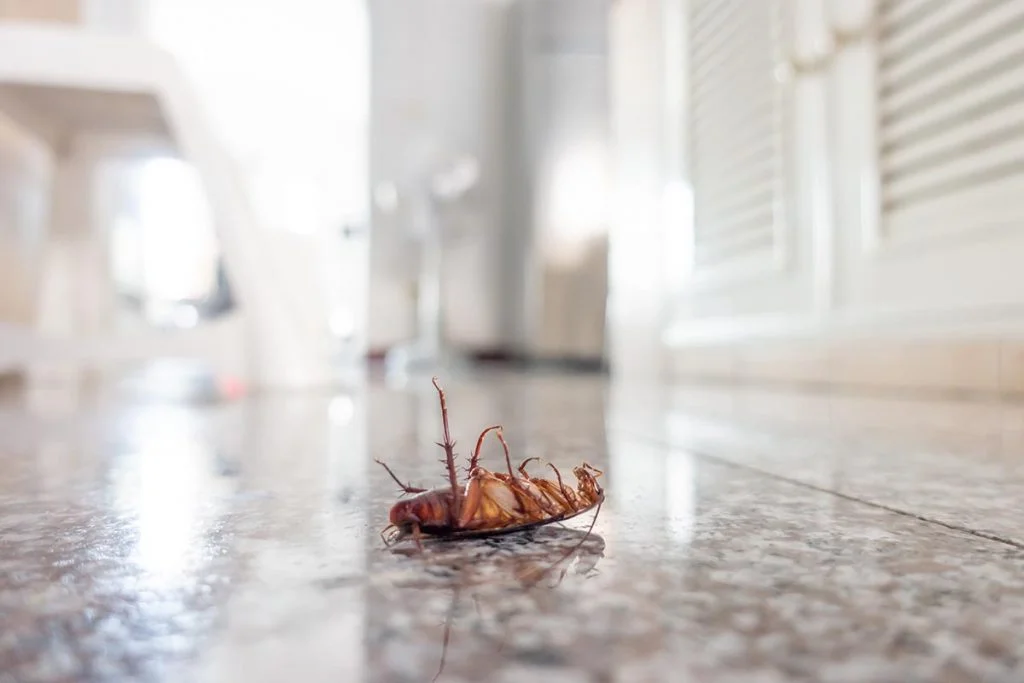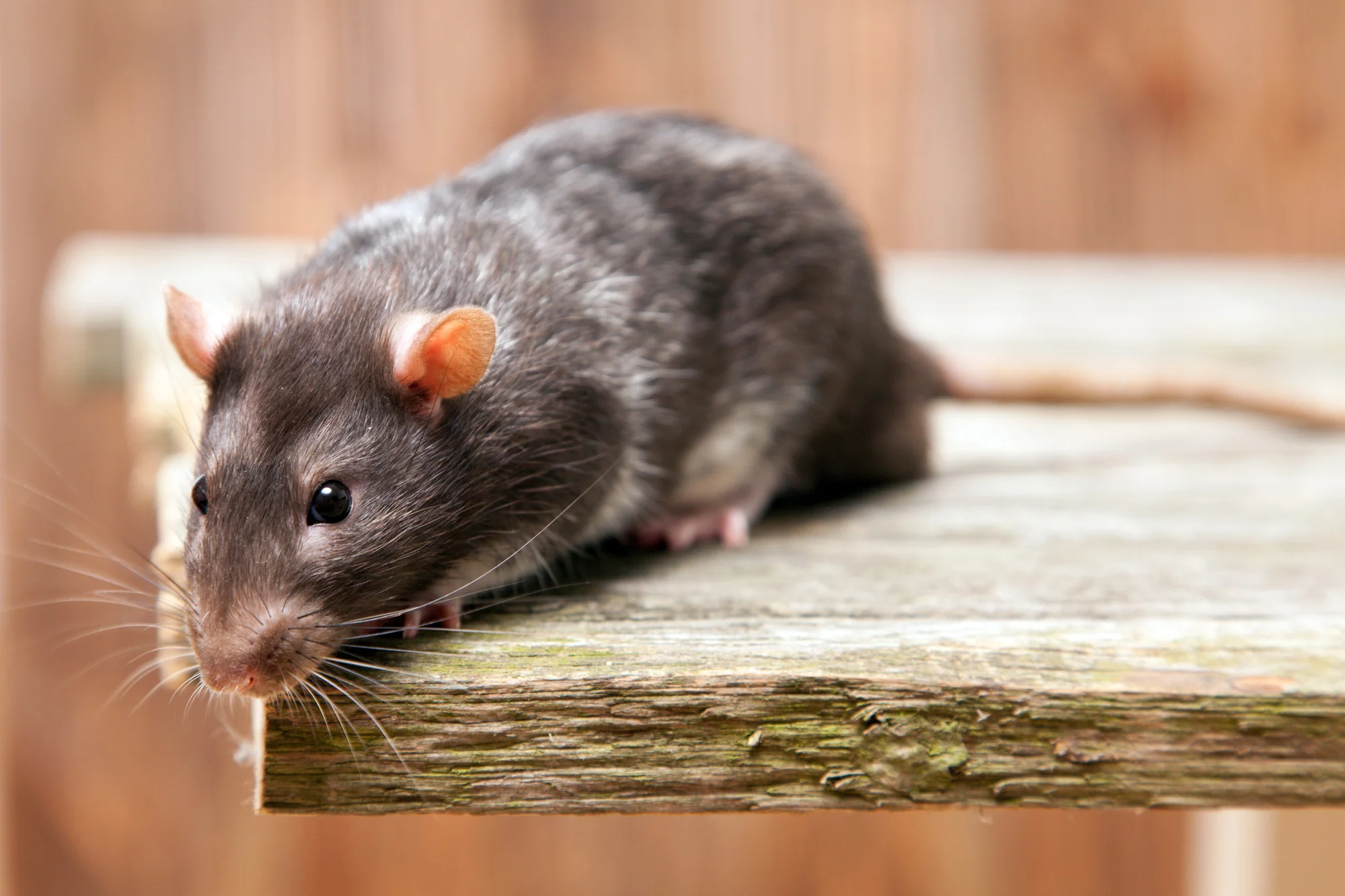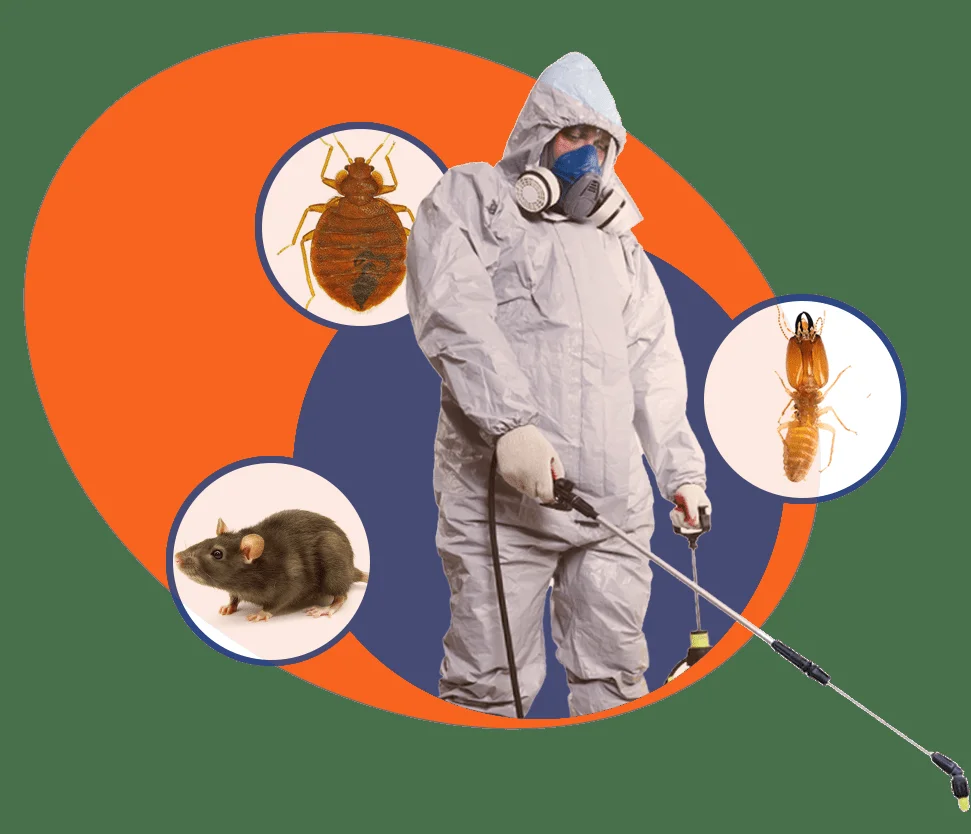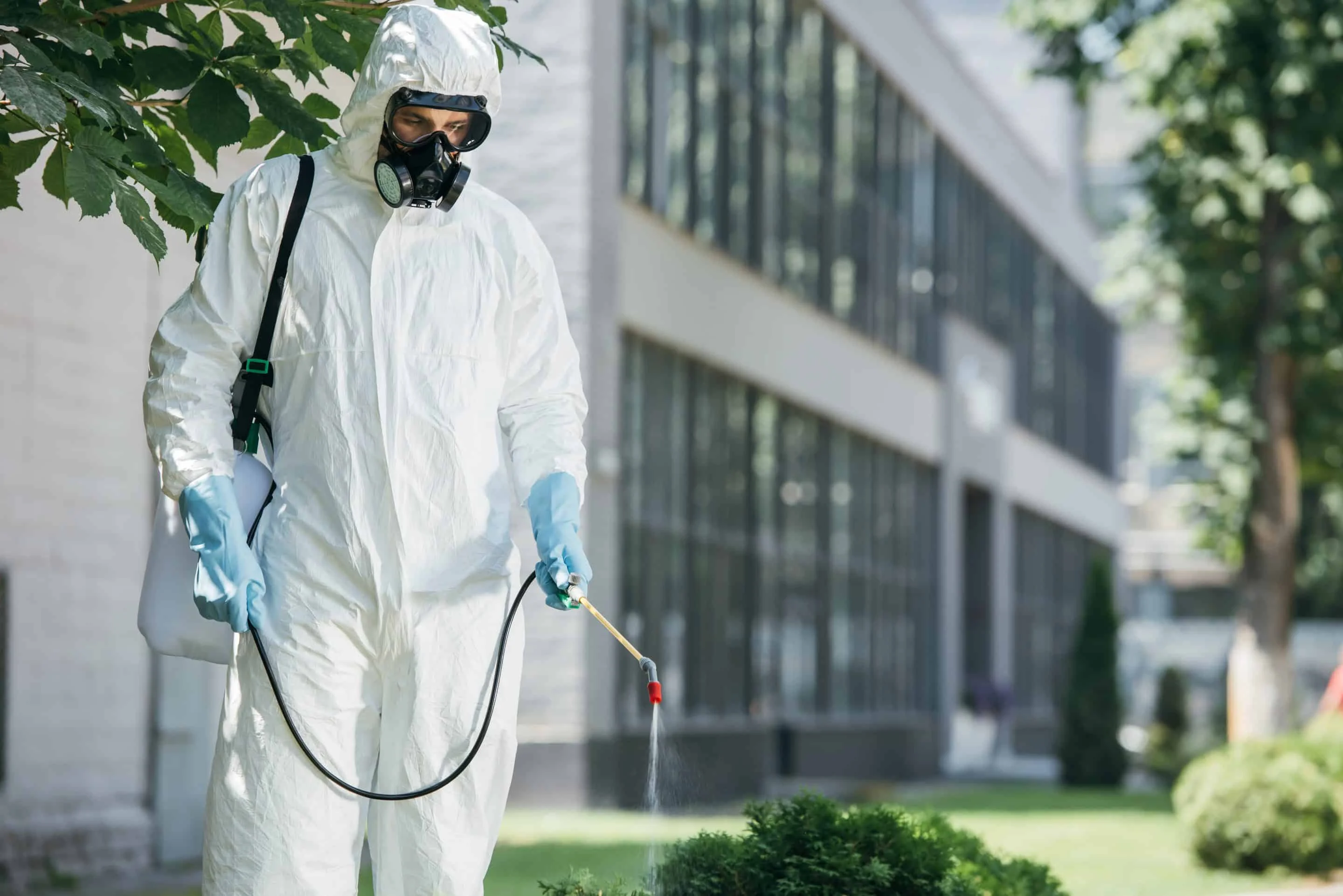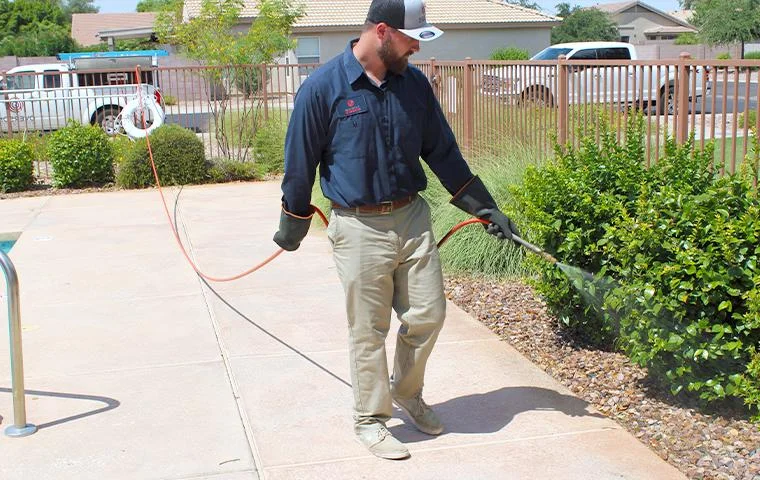Managing pest control across multiple residential units presents unique challenges that require specialized expertise and coordinated strategies. Multifamily pest control involves more than treating individual infestations – it requires a comprehensive approach that prevents cross-contamination between units, maintains tenant satisfaction, and protects property values. Whether you're managing a small apartment building or a large housing complex, effective pest management is essential for maintaining a healthy, comfortable living environment for all residents.
Property managers and owners face constant pressure to address pest issues quickly while minimizing disruption to tenants. From cockroaches spreading through shared walls to rodents traveling through utility corridors, pests in multifamily properties can escalate rapidly without proper intervention. That's why many successful property management companies partner with experienced commercial pest control specialists who understand the complexities of multi-unit pest management and can deliver reliable, long-term solutions.
Unique Pest Control Challenges in Multifamily Properties
Multifamily residential properties face distinct pest management challenges that differ significantly from single-family homes or traditional commercial buildings. Understanding these challenges is crucial for developing effective multifamily pest control strategies:
-
Rapid pest migration between units Shared walls, plumbing, and electrical systems create highways for pests to move throughout the building. A cockroach problem in one apartment can quickly spread to neighboring units through wall voids and utility connections.
-
Varied tenant cooperation levels Success depends on cooperation from all residents, but tenant awareness and participation in prevention efforts can vary greatly. Some tenants may not report issues promptly or follow recommended sanitation practices.
-
Access coordination challenges Scheduling treatments across multiple occupied units requires careful coordination with tenants' schedules, proper notice requirements, and sometimes dealing with resistant or uncooperative residents.
-
Common area maintenance Shared spaces like laundry rooms, storage areas, garbage collection points, and community rooms require regular monitoring and treatment to prevent pest harborage and breeding sites.
-
Reputation and lease renewal impact Pest problems can lead to negative online reviews, tenant complaints, and higher turnover rates, directly affecting property profitability and management efficiency.
These challenges require a coordinated, property-wide approach rather than unit-by-unit reactive treatments. Professional commercial pest control service providers specializing in multifamily properties understand these dynamics and develop comprehensive management plans that address both immediate issues and long-term prevention.
Common Pests in Multifamily Properties
Multifamily residential properties encounter specific pest challenges that require targeted management approaches. Here are the most common pest issues affecting apartment complexes and multi-unit buildings:
Cockroaches
Cockroaches commonly infest apartment kitchens and spread rapidly between units
Cockroaches represent one of the most persistent challenges in multifamily housing. German cockroaches, in particular, thrive in the warm, humid environments created by multiple kitchens and bathrooms in close proximity. These pests reproduce rapidly and can quickly establish populations throughout an entire building if not addressed systematically.
The interconnected nature of apartment plumbing and electrical systems provides ideal pathways for cockroach movement. A single infested unit can serve as a source for widespread contamination, making building-wide treatment strategies essential for effective professional cockroach removal.
Rodents
Rodents often establish nests in shared attic spaces and wall voids
Mice and rats find multifamily properties particularly attractive due to the abundance of food sources and shelter opportunities. Common areas like trash rooms, storage spaces, and mechanical areas provide ideal nesting sites, while the complex layout of modern apartment buildings offers numerous entry points and travel routes.
Effective rodent control in multifamily settings requires comprehensive exclusion work, strategic placement of monitoring stations, and coordinated baiting programs that address both individual units and common areas. Property-wide approaches are essential since rodents can easily relocate from treated areas to untreated spaces.
Bed Bugs
Bed bug infestations in multifamily properties present unique challenges due to their ability to spread between adjacent units through wall voids, electrical outlets, and shared ventilation systems. These persistent pests can quickly turn a localized problem into a building-wide crisis, requiring immediate professional intervention and coordinated treatment protocols.
Prevention strategies include regular inspections, tenant education programs, and rapid response protocols when infestations are detected. Professional treatment typically involves heat treatments, targeted chemical applications, and follow-up monitoring to ensure complete elimination across affected areas.
Ants
Ant colonies can establish extensive networks throughout multifamily properties, utilizing wall voids and utility spaces to connect multiple units. Common species include odorous house ants, pharaoh ants, and carpenter ants, each requiring specific treatment approaches based on their nesting habits and food preferences.
Successful ant control requires identifying and treating the source colonies, which may be located far from where ants are observed. This often involves treating common areas, landscaping, and structural elements that provide ant habitat and entry points into the building.
Comprehensive Pest Management Programs
Effective multifamily pest control requires more than reactive treatments – it demands a comprehensive, proactive approach that integrates prevention, monitoring, and targeted interventions. Modern pest management programs for multifamily properties combine Integrated Pest Management (IPM) principles with advanced monitoring technologies and customized treatment protocols.
Professional programs typically include regular property inspections, preventive treatments of common areas, responsive unit treatments when needed, and ongoing monitoring to detect emerging issues before they become major problems. This systematic approach helps maintain consistent pest control across the entire property while minimizing disruption to residents.
Integrated Property Management
Our multifamily pest control programs integrate seamlessly with property management operations, providing detailed reporting, tenant communication support, and flexible scheduling to meet the unique needs of residential property managers.
Here's a comparison of different pest management approaches for multifamily properties:
| Management Approach |
Benefits |
Best Applications |
| Reactive Treatment Only |
Lower upfront costs; addresses immediate complaints; minimal ongoing commitment required.
|
Properties with very low pest pressure; short-term ownership situations where minimal investment is desired.
|
| Preventive Common Area Treatment |
Reduces pest pressure building-wide; prevents common area infestations; more cost-effective than reactive-only approaches.
|
Well-maintained properties with occasional pest issues; buildings with good structural integrity and tenant cooperation.
|
| Comprehensive IPM Program |
Maximum pest prevention; detailed monitoring and reporting; tenant satisfaction; property value protection.
|
High-end properties; buildings with history of pest issues; properties where tenant retention is priority.
|
| Full-Service Management |
Complete pest control outsourcing; 24/7 emergency response; comprehensive documentation; liability protection.
|
Large property portfolios; properties with complex pest challenges; situations requiring extensive documentation and reporting.
|
The right approach depends on property characteristics, budget considerations, and management priorities. Most successful multifamily properties benefit from at least a preventive common area program, with comprehensive IPM providing the best long-term value and tenant satisfaction.
Tenant Communication and Education
Building Tenant Partnerships
Successful multifamily pest control depends heavily on tenant cooperation and education. Residents who understand their role in pest prevention become valuable partners in maintaining a pest-free environment. This includes proper food storage, prompt reporting of issues, and maintaining clean living spaces that don't attract pests.
Effective communication programs include move-in orientations that cover pest prevention, regular educational materials about seasonal pest issues, and clear protocols for reporting pest sightings. When tenants feel informed and supported, they're more likely to participate actively in prevention efforts.
Response Protocols
Clear, well-communicated response protocols help ensure that pest issues are addressed quickly and efficiently. This includes establishing multiple reporting channels (online portals, phone numbers, email), setting realistic response timeframes, and keeping tenants informed about treatment schedules and preparation requirements.
Professional pest control providers can assist with tenant communication by providing educational materials, offering direct consultation when needed, and helping property managers develop effective communication strategies that build tenant confidence and cooperation.
Ready to protect your multifamily property with professional pest management?
Contact us today for a comprehensive property assessment
and customized pest control program designed for your specific needs!
Advanced Monitoring and Technology
Modern multifamily pest control leverages advanced monitoring technologies to provide early detection and comprehensive tracking of pest activity across large properties. These technologies enable proactive management and detailed documentation that benefits both property managers and residents.
-
Digital monitoring stations Smart traps and monitoring devices provide real-time data on pest activity, allowing for immediate response to emerging issues before they become widespread problems.
-
Detailed reporting systems Comprehensive documentation includes treatment records, inspection findings, and trend analysis that helps property managers track performance and demonstrate due diligence.
-
Predictive analytics Historical data analysis helps identify seasonal patterns and high-risk areas, enabling preventive treatments that stop problems before they start.
-
Mobile inspection tools Technicians use mobile devices to document findings, update records in real-time, and communicate immediately with property management teams about urgent issues.
-
Tenant communication platforms Integrated systems allow residents to report issues easily while providing property managers with centralized tracking and response management capabilities.
These technological advances enable more precise, efficient pest management while providing the documentation and transparency that modern property management requires. The result is better pest control outcomes with improved cost-effectiveness and tenant satisfaction.
Specialized Services by Property Type
Apartment Complexes
Large apartment complexes require comprehensive pest management strategies that address both individual units and extensive common areas. These properties benefit from building-wide preventive treatments, systematic monitoring programs, and rapid response capabilities for tenant complaints.
Effective programs include perimeter treatments, common area maintenance, utility corridor monitoring, and coordinated unit treatments when necessary. The scale of these properties allows for cost-effective comprehensive programs that provide excellent value and results.
Condominiums
Condominium pest control often involves working with homeowner associations and individual unit owners who may have varying expectations and requirements. Programs must balance association-wide prevention efforts with individual unit needs, often requiring flexible service options and clear communication protocols.
Success in condominium pest control requires understanding HOA governance structures, providing detailed documentation for association records, and offering both association-wide and individual unit service options that meet diverse resident needs.
Student Housing
Student housing presents unique challenges including high turnover rates, varying cleanliness standards, and the need for treatments that work around academic schedules. These properties often require more intensive monitoring and education programs to maintain pest control standards.
Effective student housing pest control includes move-in/move-out inspections, educational programs adapted for young adults, and flexible scheduling that accommodates academic calendars and resident availability.
Senior Living Communities
Senior living facilities require pest control approaches that prioritize resident safety and minimize exposure to chemicals. These properties often benefit from enhanced monitoring, more frequent inspections, and treatment methods that are particularly gentle while remaining effective.
Programs for senior communities typically emphasize prevention, use low-toxicity treatment options when intervention is needed, and include enhanced communication to keep residents and families informed about pest management activities.
Seasonal Pest Management Strategies
Spring Preparation (March-May)
- Comprehensive property inspections
- Perimeter treatment applications
- Common area deep cleaning coordination
- Tenant education program rollout
Focus: Prevent seasonal pest emergence with proactive treatments and property preparation.
Active Season (June-August)
- Intensive monitoring and inspections
- Increased treatment frequency in problem areas
- Pool and recreational area pest management
- Landscaping coordination for pest prevention
Focus: Maintain control during peak pest activity with enhanced monitoring and responsive treatments.
Prevention Phase (September-November)
- Building winterization pest exclusion
- Interior treatment emphasis
- Storage area and basement focus
- Preparation for heating season
Focus: Prevent pest entry as temperatures drop and pests seek indoor shelter.
Interior Management (December-February)
- Indoor air quality considerations
- Heating system pest monitoring
- Storage area maintenance
- Planning for next season
Focus: Maintain indoor pest control while planning improvements for the upcoming year.
Success Stories from Our Clients
"After implementing PestControl100's comprehensive program across our 200-unit complex, we saw a 90% reduction in pest-related maintenance requests within six months. Tenant satisfaction scores have improved significantly."
- Maria Rodriguez, Property Manager
★★★★★
"The proactive approach and detailed reporting have been game-changers for our HOA. We finally have pest control that prevents problems instead of just reacting to them. The investment has paid for itself in reduced turnover and improved property values."
- David Chen, HOA Board President
★★★★★
"Managing student housing pest control was a nightmare until we partnered with PestControl100. Their education programs and flexible scheduling work perfectly with our academic calendar and resident needs."
- Jennifer Thompson, Student Housing Director
★★★★★
Frequently Asked Questions
How often should multifamily properties receive pest control services?
Most multifamily properties benefit from monthly or bi-monthly service schedules, depending on property size, pest pressure, and tenant density. High-risk properties or those with previous pest issues may require weekly service initially, transitioning to monthly maintenance once control is established. The frequency should be customized based on property-specific factors and performance monitoring.
What's included in a comprehensive multifamily pest control program?
Comprehensive programs typically include regular property inspections, preventive treatments of common areas, responsive individual unit treatments, detailed reporting and documentation, tenant education materials, emergency response services, and ongoing consultation with property management. Programs are customized based on property characteristics and specific needs.
How do you handle pest control access in occupied units?
Professional multifamily pest control providers work closely with property management to coordinate unit access, providing proper advance notice to tenants, flexible scheduling options, and emergency protocols when immediate access is needed. We help develop tenant communication procedures that ensure compliance with local notice requirements while maintaining effective pest control.
Can pest control treatments affect indoor air quality in apartments?
Modern pest control methods prioritize indoor air quality and tenant safety. Professional services use low-toxicity products, targeted application methods, and proper ventilation protocols to minimize any impact on indoor air. Many treatments focus on crack-and-crevice applications and exterior treatments that provide effective control with minimal indoor exposure.
Additional Resources for Property Managers
Property Management Integration
Our multifamily pest control services integrate seamlessly with popular property management software systems, providing automated reporting, service scheduling, and tenant communication features that streamline operations and improve efficiency.
Regulatory Compliance
We help property managers maintain compliance with local health codes, housing regulations, and safety requirements. Our documentation and reporting systems provide the records needed for inspections and regulatory compliance.
Emergency Response
24/7 emergency pest control services ensure that urgent issues are addressed immediately, preventing small problems from becoming major infestations that could affect multiple units or common areas.

